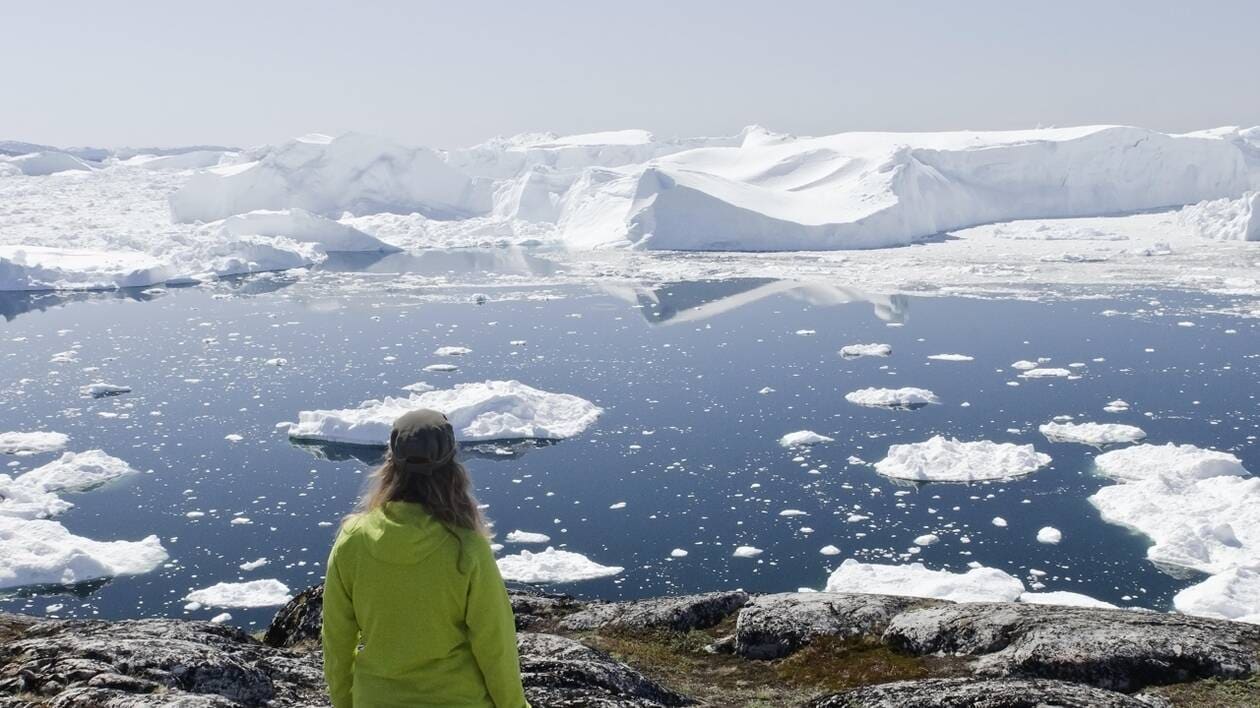Greenhouse gas concentrations, sea level rise, temperature and ocean acidification all set new records last year, the World Meteorological Organization (WMO) said in its State of the global climate in 2021, published this Wednesday, May 18, 2022.
The last seven years are the hottest on record
This report is « a lamentable litany of humanity’s failure to fight climate change », denounced the head of the United Nations (UN), Antonio Guterres.
The report confirmed that the past seven years were the seven hottest years on record. The 2021 weather events had a chilling effect on global temperatures last year. But despite this, 2021 remains one of the hottest years on record, with the average global temperature around 1.11°C above pre-industrial levels. The 2015 Paris Climate Agreement aims to limit global warming to +1.5°C compared to pre-industrial times.
Greenhouse gas concentrations at their highest
Four key indicators of climate change « construct a coherent image of a warming world that affects all parts of the planet », indicates the report.
First, greenhouse gas concentrations reached a new global high in 2020, when the concentration of carbon dioxide (CO2) reached 413.2 parts per million (ppm) globally, or 149% of pre-industrial levels. The data indicates that they continued to rise in 2021 and early 2022, according to the report.
Rising sea level and temperature
Then global mean sea level hit a new record high in 2021, after rising an average of 4.5 millimeters per year from 2013 to 2021, the report said. It had shown an average increase of 2.1 mm per year between 1993 and 2002, the increase between the two periods being « mainly due to the accelerated loss of ice mass from the ice sheets », underlines the document.
Ocean temperature also hit a record high last year, surpassing the 2020 value, according to the report. The top 2,000 meters of ocean depth are expected to continue to warm in the future – « an irreversible change on time scales of centuries to millennia », the WMO said, adding that the heat was always penetrating deeper.
The hole in the ozone layer is expanding
Meanwhile, the report says the hole in Antarctica’s ozone layer is “exceptionally deep and extensive” of 24.8 million square kilometers in 2021, driven by a strong and stable polar vortex.
“The global energy system is broken and bringing us ever closer to climate catastrophe,” warned Antonio Guterres, urging « End fossil fuel pollution and accelerate the transition to renewable energy before we burn our only home ».
Five actions to relaunch the energy transition
The WMO said human activity is causing changes on a planetary scale: on land, in the ocean and in the atmosphere, with harmful and long-lasting ramifications for ecosystems.
“Our climate is changing before our eyes”, said WMO chief Petteri Taalas. “Heat trapped by human-made greenhouse gases will warm the planet for many generations to come. Sea level rise, heat and ocean acidification will continue for hundreds of years unless ways to remove carbon from the atmosphere are invented. »
Antonio Guterres proposed five actions to relaunch the transition to renewable energy » before it’s too late « : ending fossil fuel subsidies, tripling investment in renewable energy, cutting red tape, securing the supply of raw materials for renewable energy technologies and making these technologies – such as battery storage – freely available global public goods.
“If we act together, the transformation of renewable energy can be the peace project of the 21stand century « , said Antonio Guterres.
